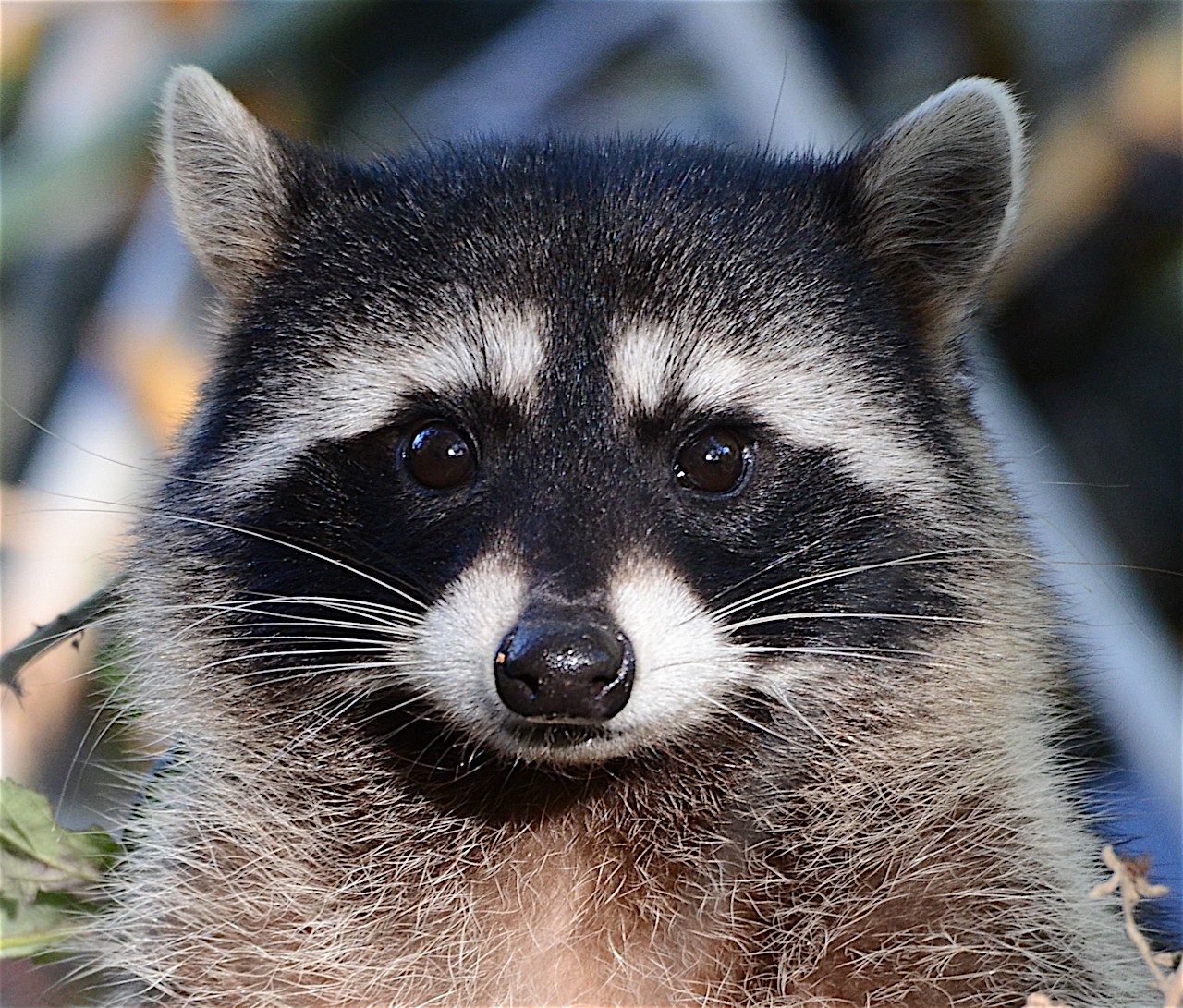
Image Source www.welcomewildlife.com
Introduction
From their distinct masked faces to their agile nature, raccoons have long captured our curiosity. One question that frequently arises is, “How big can a raccoon get?” In this article, we’ll delve into the sizes and growth patterns of these fascinating creatures, shedding light on their astonishing variability.
Whether you encountered a raccoon in the wilderness, stumbled upon one in your backyard, or simply want to learn more about these clever critters, understanding their size dynamics can deepen your appreciation for their incredible adaptability.
Join us as we embark on a journey through the world of raccoon sizes, revealing intriguing facts and debunking common misconceptions.
Factors Influencing Raccoon Sizes
Various factors contribute to the size and growth of raccoons. Genetics, diet, habitat conditions, and geographical location all play significant roles in determining how big these creatures can actually become.
Genetics lay the foundation for a raccoon’s potential size, with different species and subspecies exhibiting distinct growth patterns. Additionally, diet plays a crucial role, as optimal nutrition is essential for a raccoon to reach its maximum development potential.
Furthermore, habitat conditions, such as the availability of resources and competition for food, can impact a raccoon’s growth. This means that raccoons living in urban environments, where food is often readily accessible, might attain larger sizes compared to their counterparts in rural or natural habitats.
North American Raccoons: A Comparative Study
When it comes to raccoon sizes, North America is home to the species Procyon lotor, commonly known as the North American raccoon. This subspecies showcases considerable variation in size across its range, which spans from southern Canada to Panama.
The average weight of an adult North American raccoon falls between 10 to 30 pounds (4.5 to 13.5 kg). However, outliers have been recorded, showcasing exceptional growth or certain genetic predispositions. The largest documented North American raccoon tipped the scales at a staggering 62 pounds (28 kg), while smaller individuals can range as low as 6 pounds (2.7 kg).
It’s important to note that factors such as geographical location and available food sources contribute to the significant size disparity found among North American raccoons. For example, raccoons living in cities or suburban areas, where human food waste is abundant, often grow larger than their counterparts in rural or forested regions.
Other Raccoon Species and Their Sizes
Outside of North America, raccoons display further diversity in size across different species and subspecies. Let’s explore some notable examples:
1. Crab-Eating Raccoon
Native to Central and South America, the crab-eating raccoon (Procyon cancrivorus) ranks among the largest raccoon species. Adults can weigh between 5.5 to 18 pounds (2.5 to 8 kg) and have been recorded measuring up to 33 inches (85 cm) in length. These raccoons are adept swimmers and often live in mangroves and wetland areas.
2. Coati
The coati, a relative of the raccoon, inhabits the tropical forests of North, Central, and South America. While not a raccoon species per se, it offers an interesting comparison in terms of size and appearance. Adult male coatis can weigh up to 18 pounds (8 kg) and grow as long as 47 inches (120 cm), including their long and slender tails.
3. Island Raccoons
On islands such as Cozumel in Mexico, raccoons have evolved into dwarf forms due to resource limitations and isolation. These smaller raccoons, known as Cozumel raccoons, weigh about 4 to 10 pounds (2 to 4.5 kg) and have adapted to their unique environment over time.
The Impact of Nutrition on Raccoon Sizes
The nutritional intake of raccoons greatly affects their growth potential and overall size. A well-balanced diet consisting of both plant and animal matter is crucial for optimal development.
Raccoons are omnivores, which means they consume both plant-based foods like fruits, nuts, and vegetables, as well as animal-based foods such as insects, small mammals, birds, and fish. Their ability to adapt their diets based on availability contributes to their success in various habitats.
In urban environments, raccoons may rely heavily on human food waste, which tends to be high in calories and can contribute to larger sizes. On the other hand, raccoons in more natural habitats may have to work harder to find food, leading to smaller sizes due to limited resources.
Conclusion
As our exploration of raccoon sizes comes to an end, we have gained valuable insights into the factors that influence their growth and variability. From the North American raccoons with their diverse sizes based on location and available food sources, to the larger crab-eating raccoons and the unique island raccoons, we are reminded of the remarkable adaptability these creatures possess.
The next time you stumble upon a raccoon in the wild or spot one in your neighborhood, you’ll have a better understanding of just how big these enchanting mammals can get. Remember, their size isn’t just a matter of genetics but also a reflection of their environment and dietary choices.
So, embrace your newfound knowledge and admire the raccoon’s ability to thrive in different conditions, while maintaining its mischievous charm and undeniable allure.